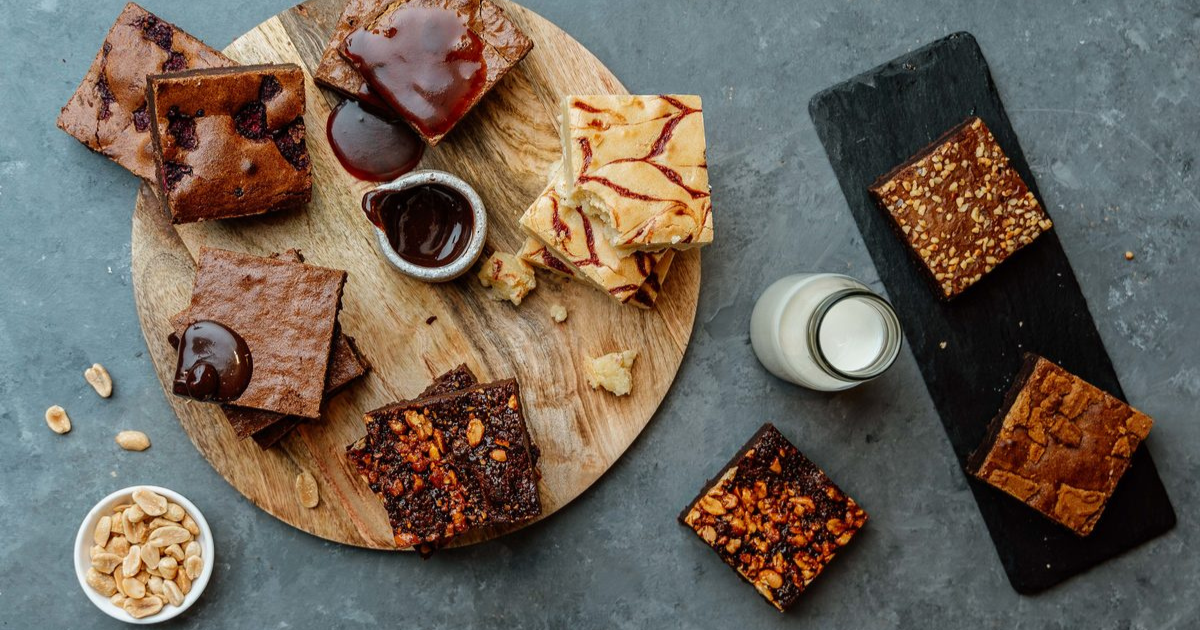GRAPEVINE: A splash of Grenache as summer approaches
While Australia doesn’t have any native varieties like the famed ‘old world’ countries of Europe, we do now have a couple of
hundred years growing grapes for wine production.
That history is certainly something we can begin looking back on and using for inspiration moving forward.
Take Grenache, one of the first varieties planted in Australia and one of the most widely planted varieties in the world.
After arriving in New South Wales among the collection of varieties sent from Europe by James Busby, it found its way to South Australia where the warmer climate similar to that of the Mediterranean and thrived.
The high-yielding variety with ample sugar levels was a perfect candidate for production of fortified wines that made up the bulk of wine consumption in Australia through the first half of the 20th century.
As consumption began the shift to premium table wines from the 1960s onward, hardy, work horse varieties like Grenache were demoted to filling out bulk wine or even being ripped up. Over this period Grenache harvest
volumes declined by over 80 per cent through to the 2000s.
It hasn’t helped that as Shiraz became the face of Australian wine, varieties like Grenache were dolled up and produced as if they were Shiraz with later picking and lavish amounts of new oak producing hot, jammy, porty wines of little interest.
Grenache shouldn’t look like this, it has the potential to be aromatic, elegant, red fruited and slightly spicy, often affectionately referred to as the Pinot Noir of warmer climates.
We have the benefit of some of the oldest Grenache plantings in the world, most notably across McLaren Vale and the Barossa Valley where it is capable of expressing the variation between sites. The fine, delicate and pretty styles from sandier soils through to the denser fruit-driven examples from some clay-based soils.
The variation in expressions was arguably lost under all that oak and poorly suited winemaking styles, but as more growers and winemakers look towards producing single site wines and working out how to express the characters of the site clearly, we are now seeing the diversity and quality it is capable of.
From the use in classic Rhone-style blends where it can provide perfume, spice and red fruits to complement the structure, bold nature of Shiraz and earthy/savoury character of Mourvedre/Mataro.
Take the Turkey Flat Butchers Block blend ($19) from the Barossa Valley; a producer that has some of the oldest vine material in the region still producing wines of bigger body and rich flavours but dialling back the oak and ripeness to suit changing palates.
To the modern approach of handling it a little more like you would Pinot Noir; the Reed Grenache ($35) typifies this style – pretty, delicate and aromatic without lacking structure, which is fine from the sandier soils, or depth which is ample
from the old vine sources. Of course, the current runaway trend of Rose from Provence can’t be forgotten, where it is widely planted and retains ample acidity in the warm climate along with its naturally lighter colour and lower tannin create the crisp, pale red-fruited examples that are dominating wine fridges. Chateau de Brigue ($22) make a classic Provencial Rose dominated by Grenache and supported by Cinsault and Syrah: pretty, bright red fruits, salmon colour and crisp refreshing structure.


















